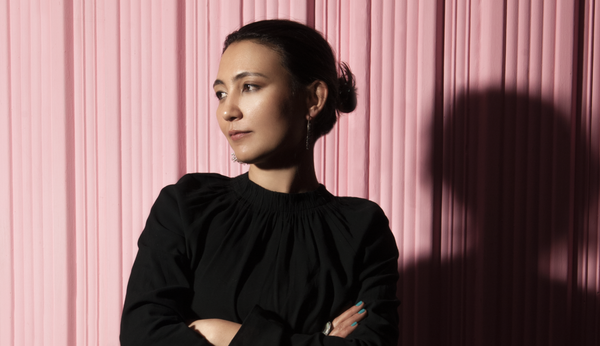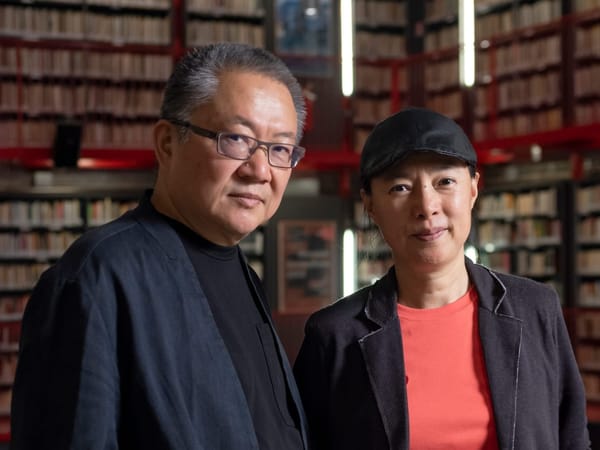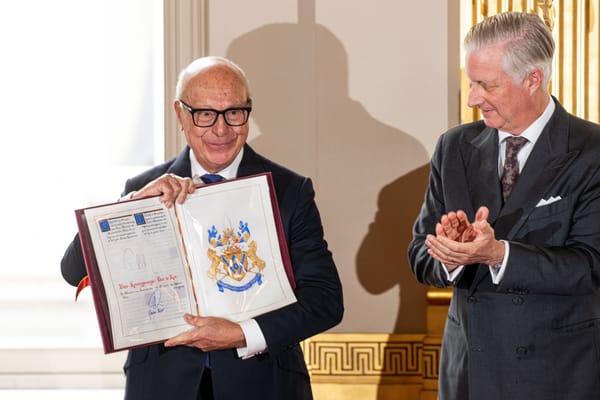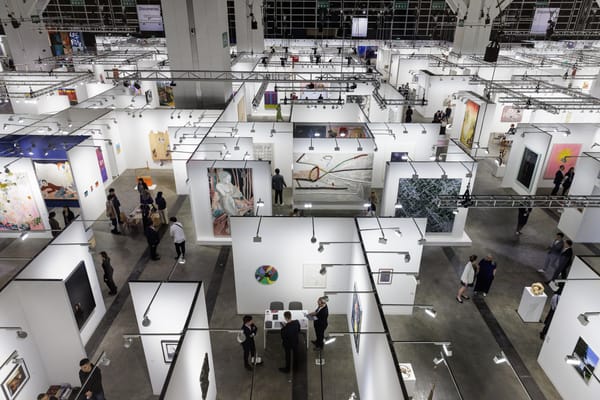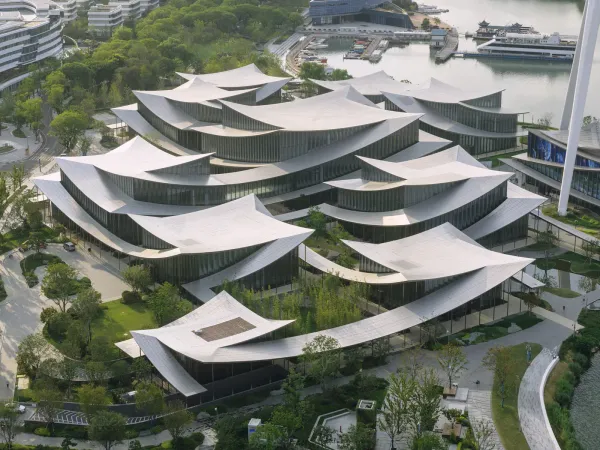News
Weekly News Roundup: December 22, 2023


Cai Guo-Qiang’s Hometown Lays Foundation for Quanzhou MoCA
On December 9, in the coastal city of Quanzhou in Fujian province, the cornerstone laying ceremony of the Cai Guo-Qiang Contemporary Art Center—also known as Quanzhou Museum of Contemporary Art (QMoCA)—was held under the auspices of city leaders, including its mayor Cai Zhansheng. Funded by the local cultural tourism board, the museum was initiated by the Quanzhou-born artist Cai Guo-Qiang, known around the world for his firework events, hence the new institution’s eponymous Chinese name. The Canadian-American starchitect Frank Gehry will oversee the museum’s architecture and establish its main exhibition hall, a 45,000-square-meter space in the Xiu Tu District of Quanzhou’s Taiwan Investment Zone. Gehry’s design aims to evoke Quanzhou’s history and local culture: “Its appearance is shaped like flowing silk, symbolizing the [city’s history as a] starting point of the Maritime Silk Road.” On the night before the ceremony, Cai staged a light performance consisting of firework-like artworks and drones, reenacting monuments of the city with acts such as Transmission of the Twin Pagodas to the East (2023) and The Gehry Sketch (2023), paying homage to Quanzhou.
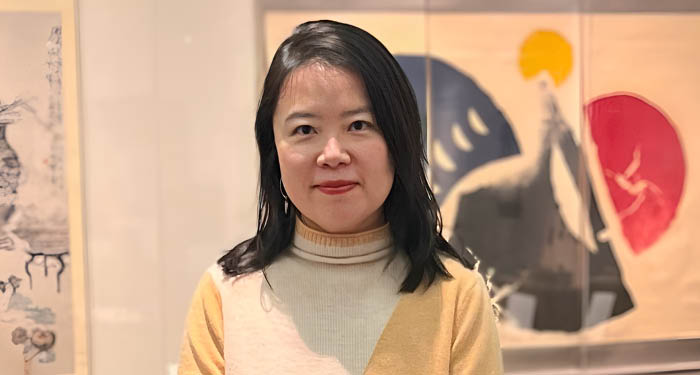
Yao Wu Appointed Curator at PEM
The Peabody Essex Museum (PEM) announced on December 14 that Yao Wu will assume the newly created role of Huang Family Curator of Chinese Art and Culture. Wu is a PhD candidate in Art History at Stanford University and for the past eight years has served as the inaugural Jane Chace Carroll Curator of Asian Art at the Smith College Museum of Art in Northhampton, Massachusetts. She will begin her post at PEM on March 4, 2024, which will focus on creating new interpretive galleries for Yin Yu Tang and a 200-year-old Chinese home to house the extensive collections of Chinese art and culture. Yu remarked that she hopes “to deepen the museum’s holdings, create compelling exhibitions and explore innovative ways to engage visitors.” Meanwhile, CEO and executive director Lynda Roscoe Hartigan stated that Wu’s “record in organizing compelling exhibitions and collaborating with diverse stakeholders, as well as her dedication to employing bold, innovative museum practices, make her a perfect fit for PEM.” Hartigan concluded that Wu’s appointment “will enhance the museum’s commitment to broadening perspectives and fostering cross-cultural dialogue.”
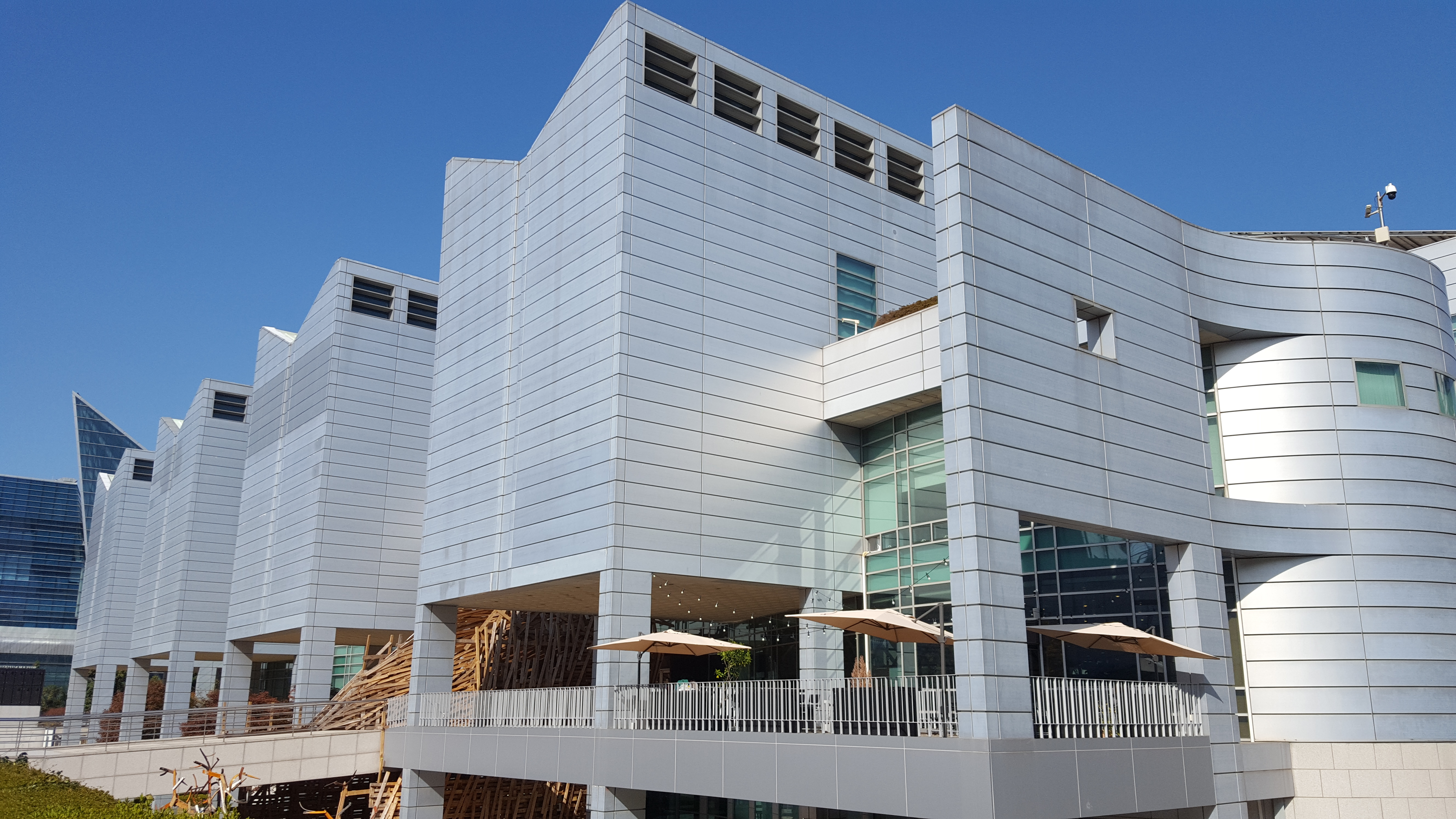
Busan Museum of Art Closing for Renovation
In South Korea’s second-largest city, the Busan Museum of Art (BMA) announced that beginning on December 18, the institution will close its doors for a two-year renovation project. The KRW 43 billion (USD 33.1 million) development will overhaul the museum’s infrastructure, finally bringing an end to its recurring leaks; expanding the museum’s exhibition space by two-floors underground and three-floors above ground; increasing storage space to house the 3,000 works in the collection; as well as upgrading its children’s gallery, education center, and main entrance. BMA also intends to propose a manual on Korea’s arts administration system, including a budget execution and collections-management system. In lieu of this latter project, BMA has begun discussions with major regional contemporary art museums to collaborate on future joint exhibitions and publications. “The initiative seeks to re-narrate the modern and contemporary art history of Asia, including Korea,” stated BMA director Suh Jin-suk. “Since the era of West-induced modernization, many Asian nations have lacked agencies to critically contextualize and analyze their modern art with their own language and perspective.” With construction beginning in April and plans to conclude in 2026, the museum will persist through online exhibitions, while Space Lee Ufan will remain open during its transformation.
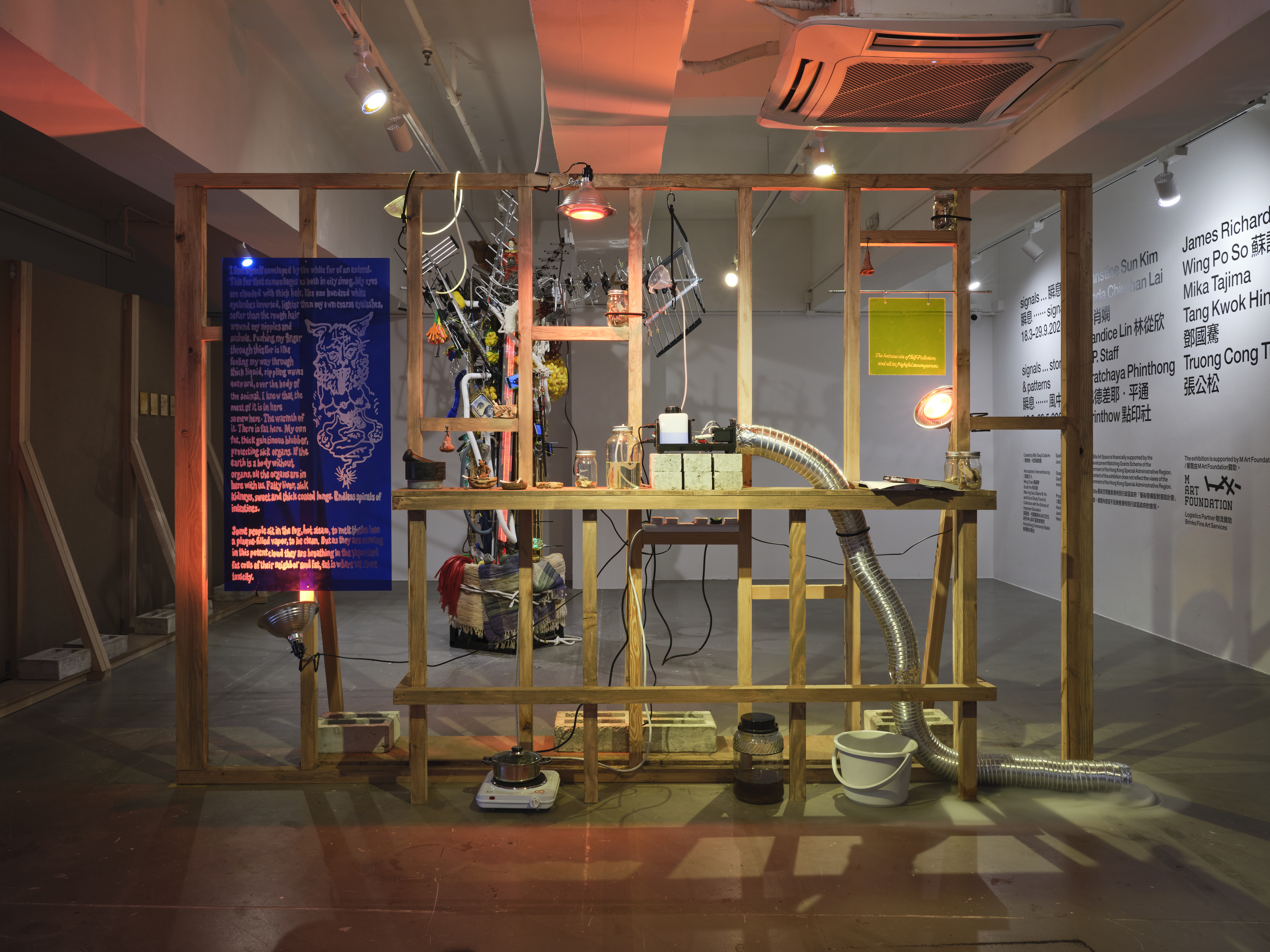
Anonymous Was a Woman Grants
The Anonymous Was A Woman (AWAW) award, which includes an unrestricted grant of USD 25,000, has announced its winners for 2023. The award aims to enable midcareer female artists over the age of 40 to continue to grow and pursue their work. Unlike typical grants, one can only receive the annual award through nomination by a group of distinguished, anonymous women-identifying art historians, curators, writers, and previous award recipients. While AWAW typically recognizes ten artists per year, two generous donations enabled the organization to recognize five additional artists in 2023, including (but not limited to) Saya Woolfalk, a New York-based artist who creates works that incorporate the African-American, European-American, and Japanese influences from her family heritage; Candice Lin, a Los Angeles-based artist who, along with conventional mediums, uses live materials and processes such as mold, mushrooms, bacteria, fermentation, and stains; Amanda Ross-Ho, an artist and a professor of sculpture at the University of California, Irvine; and Suchitra Mattai, a artist of Indo-Caribbean descent who creates mixed-media paintings, sculptures, and installations that often combine methods of embroidery, weaving, and found clothing, to honor female domestic labor.

UCCA’s Art Director You Yang Resigned
On December 10, You Yang, the art director of the UCCA Group and deputy director of UCCA Center for Contemporary Art, announced his resignation from both positions due to “personal reasons.” Yang first posted the news on the Chinese social-media platform WeChat, stating: “I look forward to the opportunity to continue contributing to the business of contemporary art museums in China in a new professional capacity in the future. There is a long road ahead, and we shall meet again in the world beyond.” Yang has accumulated over a decade of experience working in art institutions. Since 2011, he has led various teams at UCCA, including public programs, public relations, development, visitor experience, retail, and UCCA Foundation; he also grew the special programs department into UCCA Lab in 2018. A prolific academic, Yang is a member of the expert committee at 798 Art District in Beijing, as well as a researcher at Guangzhou Academy of Fine Arts’s Research Center of New Art Museum Studies. He has curated several exhibitions and projects in recent years, including main exhibitions at the 798 Art Festival from 2018 to 2020, the public art project “Form | Impression” for Gallery Weekend Beijing in 2020, and “Voluntary Garden” for UCCA Beijing in the same year. Additionally, Yang curated “The Circulation of Images” (2021) and “Gaetano Pesce: Nobody's Perfect” (2022) for Voyage UCCA Lab in Shanghai.

Cantor Arts Center’s Major Acquisition
In California, te Stanford University’s Cantor Arts Center announced on December 17 its acquisition of over 100 works by celebrated, underrecognized, and emerging Asian American artists, including late Filipino-American trapunto artist Pacita Abad, conceptual artist Mel Chin, Japanese-American painter Ben Sakoguchi, figurative oil painter Sasha Gordon, Korean-American digital artist Hesoo Kwon, artist Kenneth Tam whose practice investigates Asian-American masculinity, Filipino-American artist Miljohn Ruperto and Stephanie Syjuco, and late Chinese-American photographer Benjamen Chinn. The move was made in support of the Asian American Art Initiative (AAAI), a project by the museum that aims to establish the institution as a leading academic and curatorial center for the study of Asian American and Asian diaspora artists through the collection and exhibition of works, preserving archival materials, fostering critical scholarship. With a total of almost 400 acquisitions made since its conception in 2018, the Cantor Arts Center has demonstrated itself as home to one of the largest and most significant collections of Asian American art in the US.
